7 New Year’s Resolutions for TV to Adopt in 2019
Header photo: Chris Haston/NBC
Eat better. Exercise more. Drink more water. Go to bed earlier. Stop procrastinating. Appreciate the small stuff. Let go of grudges.
New Year’s resolutions. We all make them. And yes, eventually, we all probably break them. So we here at Paste decided on a better plan this year. We are making resolutions for the television industry. What can the industry do better? How can they better serve their viewing public? We love TV. And it’s only because of our deep love of TV that we are able to (lovingly) point out areas for improvement.
Here are our seven TV resolutions for 2019:
1. Edit, Edit, Edit
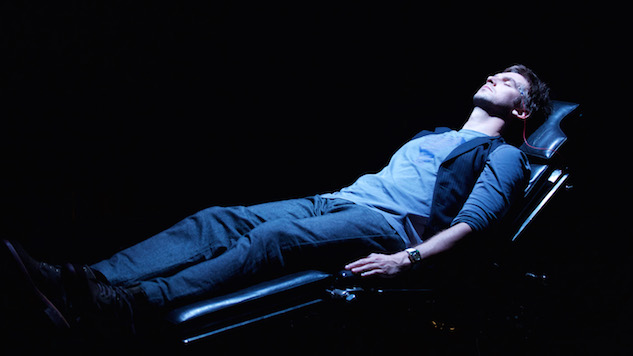
Though the number of scripted original series continues to grow—there were an eye-popping 495 in 2018, according to FX Networks—much of the hand-wringing over too much TV might be quieted if those series even attempted a modicum of concision. It’s not just Netflix, either, though the streaming giant, saddling viewers with 13-episode seasons that only contain enough story for 10 (or 8) and 57-minute episodes where 42 minutes would do, is among the worst offenders. Whether a consequence of the binge or the shift from “viewership” to “engagement” as the dominant metric of success, the result has been a flood of TV series almost too shaggy to slog through, released from the (narratively advantageous) need to separate wheat from chaff. I’m no fan of firm prescriptions—one of the year’s best TV episodes, from a half-hour comedy, ran to 41 commercial-free minutes—but vanishingly few series justified wasting our time in 2018. Let’s hope the New Year brings the beginnings of a change. —Matt Brennan (Photo: Michelle Faye/FX)
2. Stop Taking Yourself So Seriously
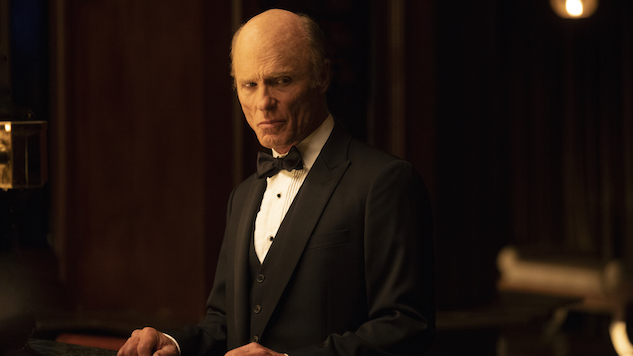
TV shows have gotten better and better at being self-aware, but it’s almost always to razz other series adjacent to their own demographics: Think of The Deuce including a hilarious Westworld burn inside its porn awards. I’d rather see more shows, especially dramas, take themselves less seriously in ways that disarm the viewer, so that the endlessly dour (or saccharine, or breathless) offerings are counterbalanced by material that isn’t afraid to go big, bold, and completely unrealistic. There’s plenty of effectiveness in the realms of the weird and silly: Consider how much better Legends of Tomorrow got when it really let loose in the writers’ room, or the sheer outrageousness of 9-1-1. TV shouldn’t be shackled to realism, and it definitely shouldn’t be shackled to seriousness. — Jacob Oller (Photo: John P. Johnson/HBO)
3. No More Stunt Casting
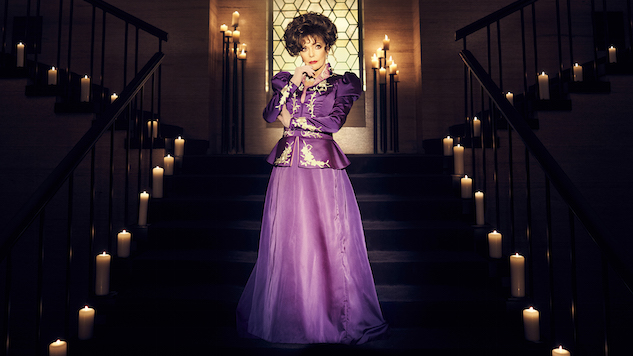
You, me, Twitter, and Ryan Murphy all know stunt casting—be it by resurrecting a forgotten actor’s career with a series regular role or dropping a particularly famous face into a wink-wink, nudge-nudge cameo. It works wonders when it comes to getting viewers to pay attention to a program, not to mention during awards season. But… can it not? Look, I love me some beloved familiar faces. But after a while it becomes distracting and takes us out of the performances. And since we are literally at a point where there are more scripted series on than ever before and this trend isn’t going to stop, I’d like to plead with casting directors to try something fresh: Go through the SAG roster to find equally talented people who don’t make me want to watch TV with a permanently open IMDb tab. —Whitney Friedlander (Photo: Kurt Iswarienko/FX)
4. Netflix, Return to Your Roots
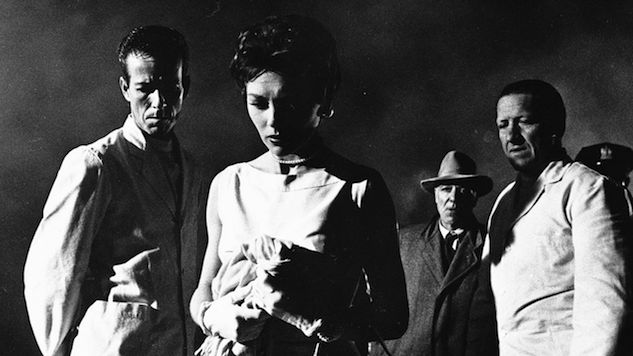
Netflix, you have gone astray. In your quest for original content, as good as some of it is, you are totally running afoul of your initial mission, which was ostensibly to be an on-demand repository of all the old, weird, obscure or simply out-of-rotation material we could ever need or want. You killed video stores, and we let it happen because we believed you were here to stay. We pay our subscription fees in exchange for the promise of broadly sourced, diverse content that spans decades. Being an innovator, an author, is terrific, but you promised us that what we were getting in exchange for our Blockbuster cards (or, for some of us, mom-and-pop video rental shops with artfully curated content) would be access to a century of films. Seriously, the next time I want to watch one of my favorite Billy Wilder movies and all I can get is 200 hours of ponderous true crime miniseries, I might resolve to start screaming and never stop. You promised to be an encyclopedic, exhaustive, catholic and egalitarian archive of film and TV content. You promised. —Amy Glynn (Photo via Netflix)
5. Bring in the Light! Turn Down the Sound!
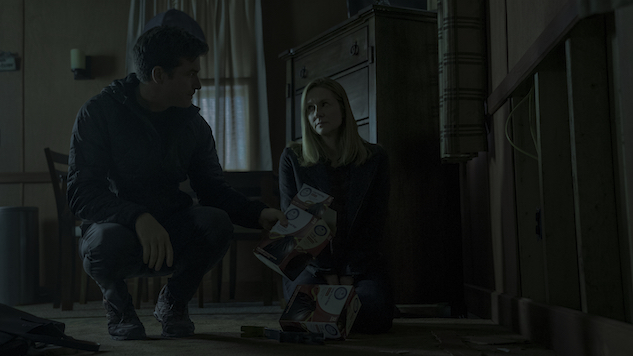
This is not a groundbreaking observation, but television is pretty visually dark these days. Think of the “Mr. and Mrs. Teacup” episode of The Americans this year, where for almost five minutes you couldn’t even see what was going on. If I could compel the market as a whole to take a collective resolution in one particular direction, it would be to let more light and color into the visual stories they are telling. I don’t need the swath of thematically dark shows to take a break (one of my favorites, debuting in January, features the protagonist setting fire to his childhood home after his dad dies of cancer), but pops of color and the occasional reminder that the sun exists hurts no one. See: Sweet/Vicious. Now there was a show that wove darkness and light together with perfect artfulness.
Related to this, insofar as we’re all only ever getting older and I’m on a tear thinking about how physically difficult to watch so much television is—the sound mixes on most shows that have any fighting are infuriatingly inconsistent, and require that I either risk my eardrums suddenly bursting just to keep the volume high enough that I can understand tough men mumbling gruffly at each other, or put subtitles on so that I can keep the volume low and protect my ears. I don’t know from sound recording, but it’s about to be 2019. It seems like you can do better, TV! —Alexis Gunderson (Photo: Jessica Miglio/Netflix)
6. No More Reboots
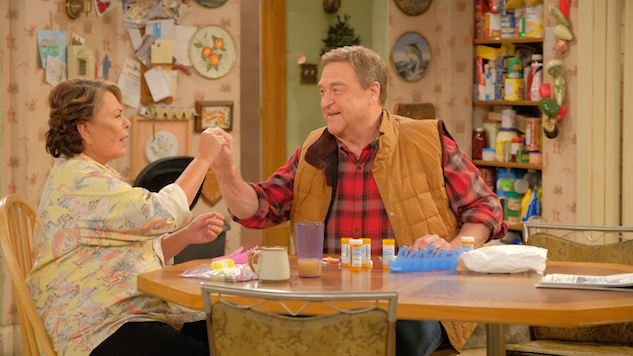
I would like for TV to stop with the reboots. (It’s not even a fun word: Who wants old boots again? Give me new boots, please.) More than 20 reboots or remakes aired on TV in 2018, including, Murphy Brown, Will & Grace, and Fuller House. I understand the thought behind the trend, and a moment of nostalgia does offer comfort in a world that feels anything but stable, but more often than not, a classic just ends up ruined. (Thanks, Roseanne!).
Every time one of these shows gets new life, I imagine television executives sitting in a conference room saying, “Is there a money tree we can shake?” and that tree is remakes because it’s easy. These series don’t have to work as hard for an audience, or so it seems. People love a reunion with an old friend, right? The thing is, people change. A reboot fundamentally changes those beloved friends: Nobody is the same 20 years later. (And, more often than not, one can revisit the original anytime on a streaming service.) I want executives to give us fresh shows. Give those new scripts a chance. I promise, I will watch. —Keri Lumm (Photo: ABC/Adam Rose)
7. Broadcast TV Needs to Take More Risks
Do you know what Buffy the Vampire Slayer, The West Wing, NYPD Blue, The Office, and Friday Night Lights all have in common? They are some of the best television series of all time—and they were all on broadcast television. Yes, that’s right, the TV that doesn’t require a subscription or a username and password. The five channels (ABC, CBS, NBC, Fox and The CW) that come into your home for free. These are channels that created and perfected entire genres (like teen dramas, from 90210 to Dawson’s Creek to The O.C.), that broke the mold of how TV stories could be told by playing with time (see Lost and 24) and our expectations (see The Good Place and The Good Wife). Do you know what they brought us this year? I honestly hope you don’t, because it was dreck like CBS’s Happy Together, about a pop star that moves in with his accountant (accompanied by a forced laugh track that nobody believes). Or dramas like CBS’s FBI, which is like every other by-the-numbers crime procedural on television, down to its wallowing in violence and gore. I don’t mean to pick on CBS, either: Fox wasted the immense talents of Vicki Lawrence and Martin Mull with The Cool Kids, which leans so far into every cliché about getting older that it needs a walker in its own right. ABC’sA Million Little Things and NBC’s Manifest liked This Is Us and Lost so much they just decided to copy them.
I could go on and on. We don’t need network TV to play to the lowest common denominator. We don’t need it to play it safe. We need it to lead the charge of new and creative television. To remember that they’re the ones who brought us Seinfeld, M.A.S.H., and The Mary Tyler Moore Show. They made the mold. And then they broke it. And then they broke it again. We need them to be industry leaders once more. —Amy Amatangelo (Photo: Photo: Colleen Hayes/NBC)








































